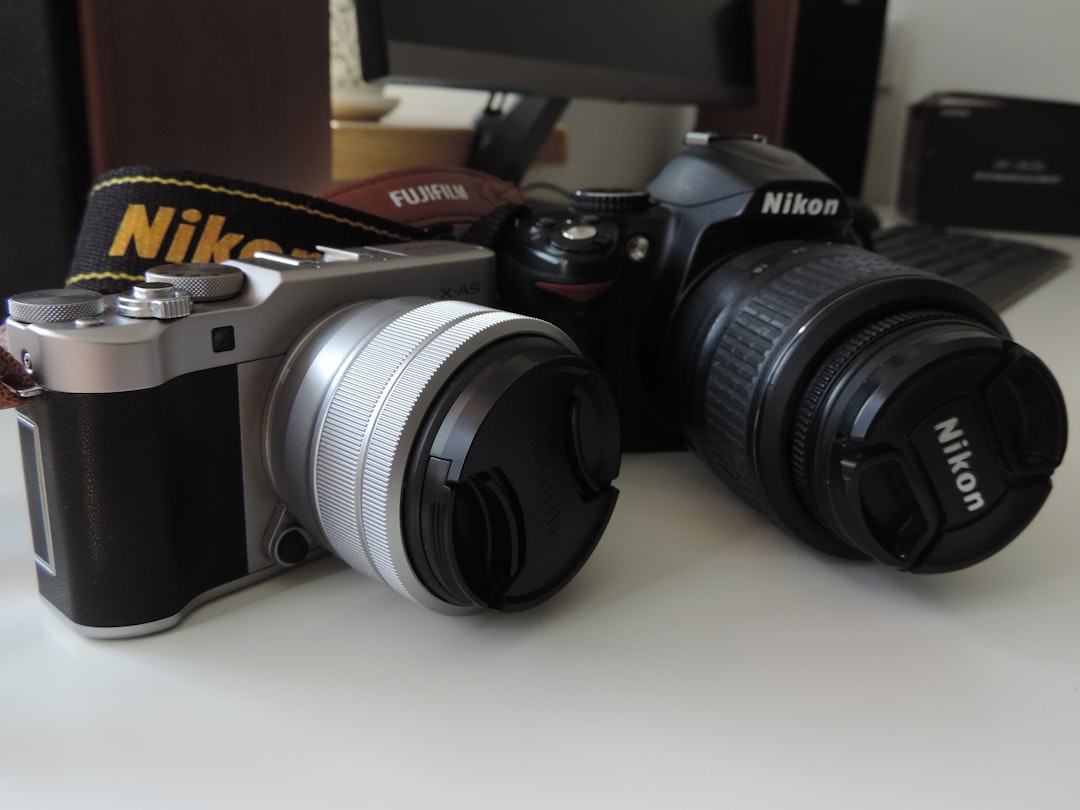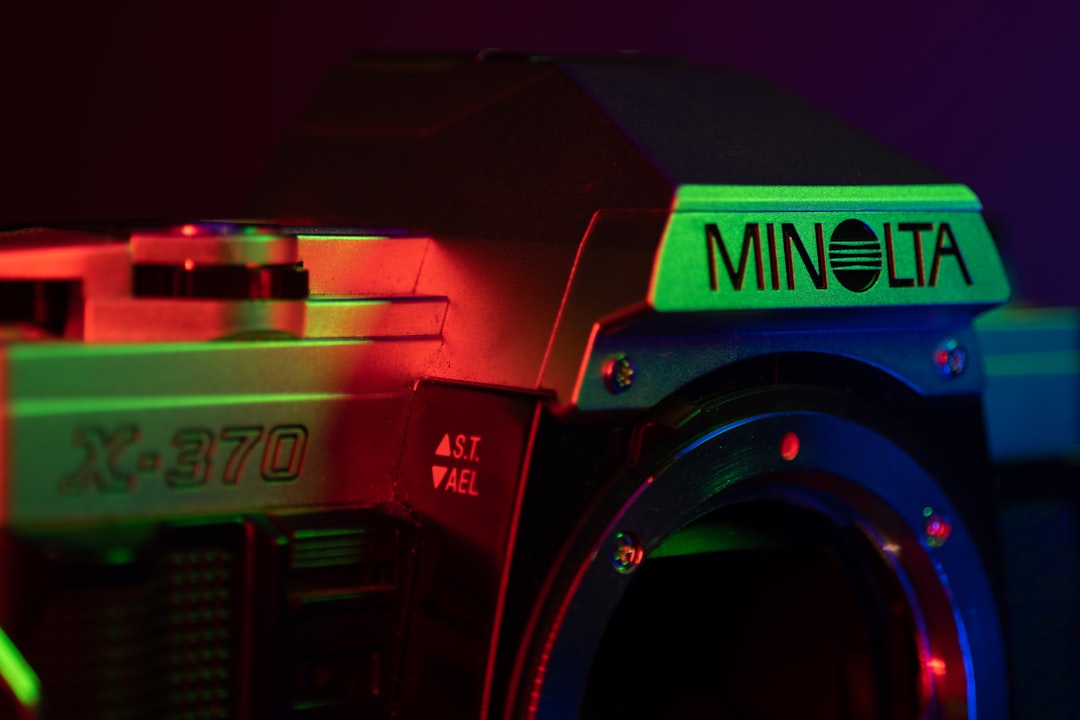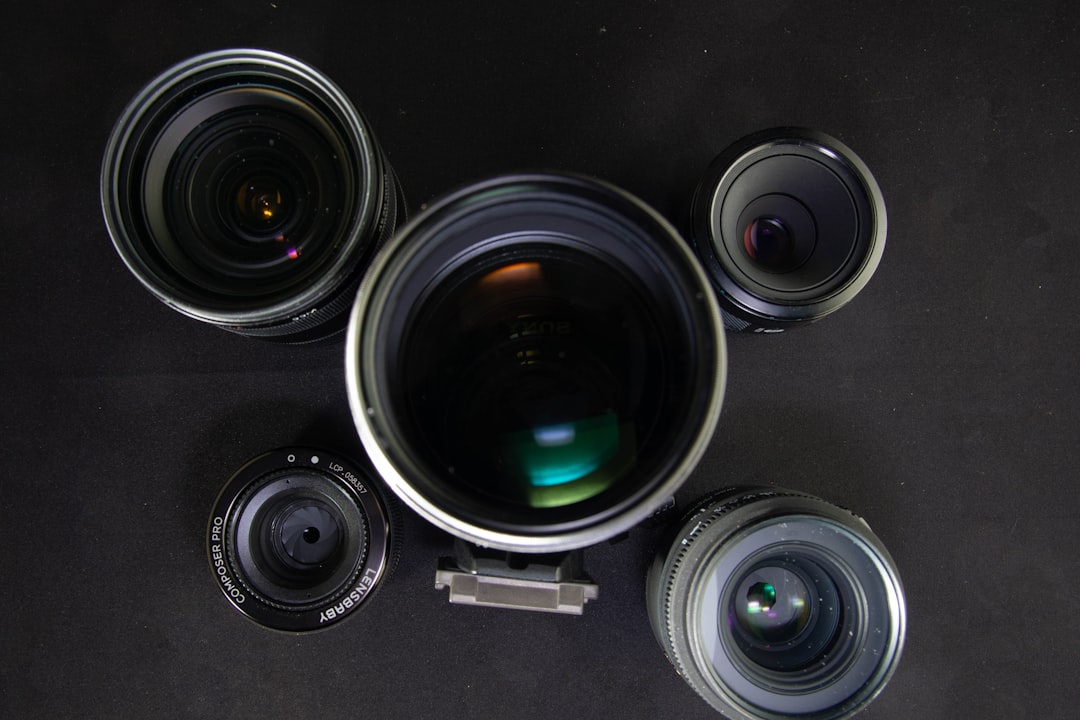Traveling is awesome. Seeing new places, meeting new people, and capturing those epic memories on camera? Even better. But when the sun goes down, your regular camera might start to struggle. Blurry photos. Grainy shadows. Washed-out night skies. Don’t worry—this guide will help you find the best travel camera for low light.
We’ll keep it simple and fun. We’re diving into three key things: sensor size, lenses, and night modes. Let’s go!
Why Low Light Matters in Travel Photography
Imagine strolling through Paris at night. Street lights glow, the Eiffel Tower sparkles, and there’s live music playing in the background. Now imagine trying to capture that with your phone. Ugh—blurry, dark, and disappointing.
Low-light photography is essential if you want to snap amazing shots at:
- Sunsets and sunrises
- Night markets and food stalls
- Cityscapes lit up at night
- Indoor museums and cozy cafes
You need a camera that can handle those vibes. Let’s look at what makes a travel camera great for low light.
1. Sensor Size: Bigger is Better
Sensor size is kind of like your camera’s eye. A bigger sensor gathers more light. And in low-light settings, more light means better photos.
Here are common sensor sizes you’ll see:
- Full-frame – These sensors are big and powerful. Amazing low light performance, but they often come in larger, heavier cameras.
- APS-C – A little smaller than full-frame. Still great in low light, and cameras are lighter and more travel-friendly.
- Micro Four Thirds (MFT) – Smaller take on sensor tech. Good for portability, but it might struggle more in the dark.
- 1-inch sensors – Found in premium compact cameras. Pretty solid for night shots, much better than your phone.
If low light is your top concern, and you have room in your backpack, go for full-frame or APS-C.

2. Lenses: The Secret Weapon
Even the best sensor can’t shine without a good lens. Think of the lens as your camera’s window to the world.
Here’s what you want in a lens for low light:
- Wide aperture – This is shown as an f-number like f/1.8 or f/2.0. Lower numbers mean more light gets in.
- Stabilization – Helps reduce blur when your hands shake (And yes, they shake more in the cold night air!).
- Fast focus – Essential if you’re handheld shooting and your subject is moving.
Prime lenses (fixed focal length, like 35mm or 50mm) often offer wider apertures than zoom lenses. They’re golden for night shots.
Pro tip: Choose lenses with f/2.8 or lower for best results.
3. Night Modes: Let the Camera Do the Work
Tech is cool. Many cameras now come with clever night modes that make dark scenes look amazing. These modes use a mix of long exposures, noise reduction, and software magic.
Look for cameras with features like:
- Handheld Night Mode – Helps you shoot without a tripod. Takes multiple shots and blends them into one sharp image.
- Starry Sky Mode – Perfect for Milky Way or star trails.
- Low Light Auto – Adjusts settings for you based on how dark it is.
- Night Portrait Mode – Balances background and people lighting in restaurants or bars.

Some phones even do this now—but dedicated cameras just do it better.
Top Travel Cameras for Low Light
Ready to shop? Here are some fantastic cameras that shine after dark:
Sony RX100 VII
- Sensor: 1-inch
- Lens: f/2.8 – f/4.5
- Why it rocks: Super compact, great low-light processor, and it fits in your pocket!
Fujifilm X-T30 II
- Sensor: APS-C
- Lens compatible: Many wide-aperture options
- Why it rocks: Film-like color modes, fast focus, and excellent image quality at night.
Sony A7C
- Sensor: Full-frame
- Lens compatible: Sony’s amazing prime lenses
- Why it rocks: Incredibly small for a full-frame camera and insane low-light ability.
Panasonic Lumix LX100 II
- Sensor: Micro Four Thirds
- Lens: Built-in f/1.7 – f/2.8
- Why it rocks: Bright lens, compact design, and excellent night features.
Canon EOS R10
- Sensor: APS-C
- Lens compatible: RF series (some great low-light primes available)
- Why it rocks: Fast autofocus, great noise handling, and lightweight.
Don’t Forget Accessories
A low-light camera is just one part of the adventure. You might also like these helpful goodies:
- Travel tripod: Lightweight and compact. Great for long exposures.
- Lens cleaning kit: Dust and smudges show up more in night shots.
- Extra batteries: Night mode and low temps can drain power quickly.
- Fast SD cards: Helps when shooting multiple exposures or RAW files.
Phone Cameras vs Dedicated Cameras
“Can I just use my phone?” you ask. Sure! Today’s smartphones are getting pretty great at night scenes. But there’s still a gap when it comes to:
- Capturing stars
- Zooming without blur
- Controlling settings like shutter and ISO
- Shooting RAW photos
If you care about quality and flexibility, a real camera wins. Every time.
Final Tips for Shooting in Low Light
Now that you’re almost a low-light expert, here are some final tips to level up:
- Use a tripod whenever you can (even a tiny one) for sharper shots.
- Boost ISO, but not too high. Find your camera’s “sweet spot” where it’s still not grainy.
- Slow down shutter speed to let in more light. But be steady!
- Shoot in RAW mode to save more detail for editing later.
- Experiment — night photography is all about creativity.
Ready to Capture the World After Dark?
With the right camera, some smart settings, and a little patience, you can take stunning low-light shots on your travels. Whether it’s neon-lit streets in Tokyo, candlelit dinners in Rome, or a starry desert sky in Morocco—your memories deserve to be captured beautifully.
Happy snapping, even after sunset!



